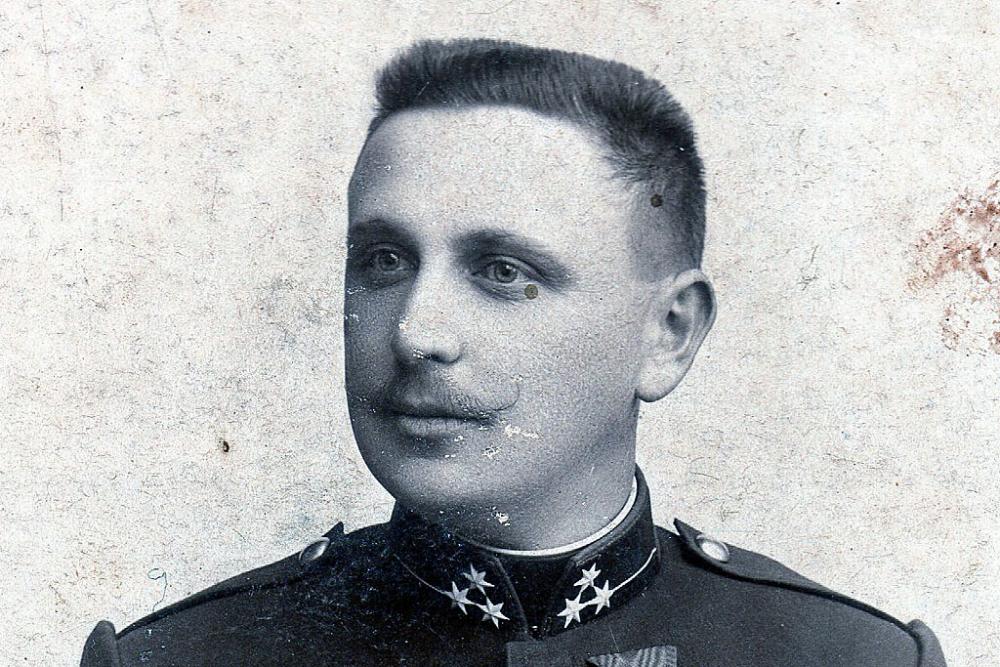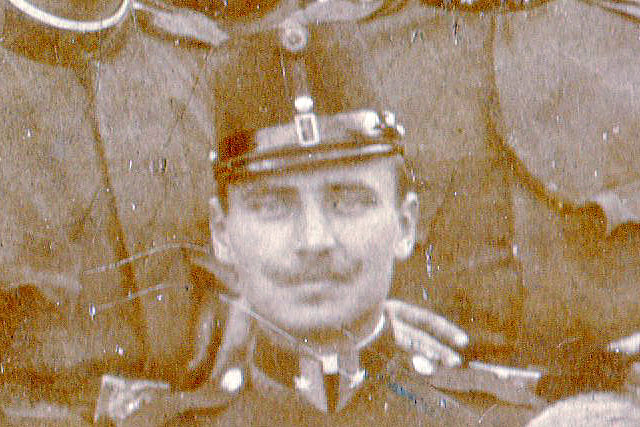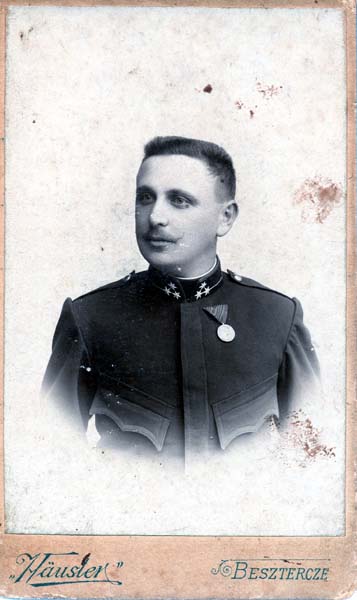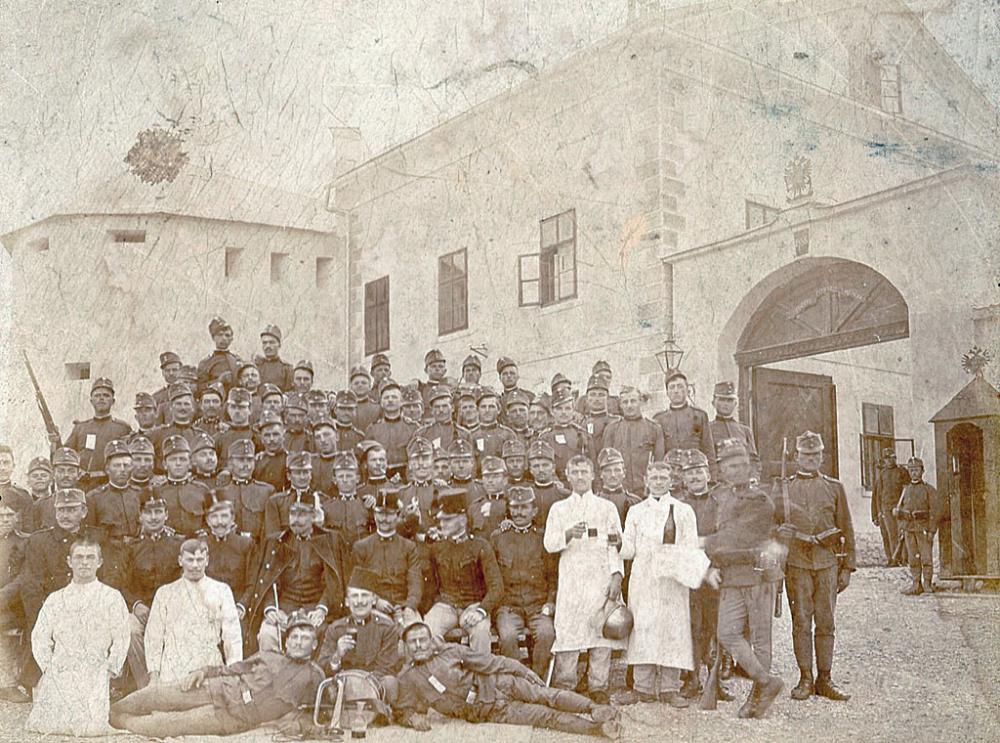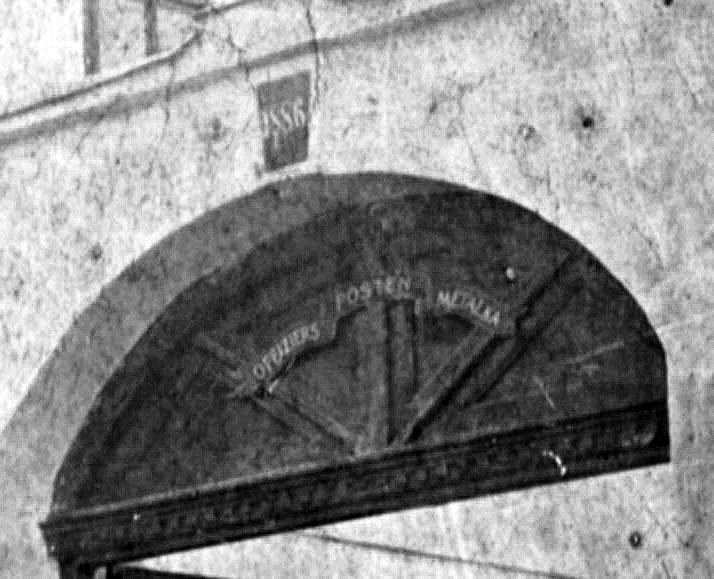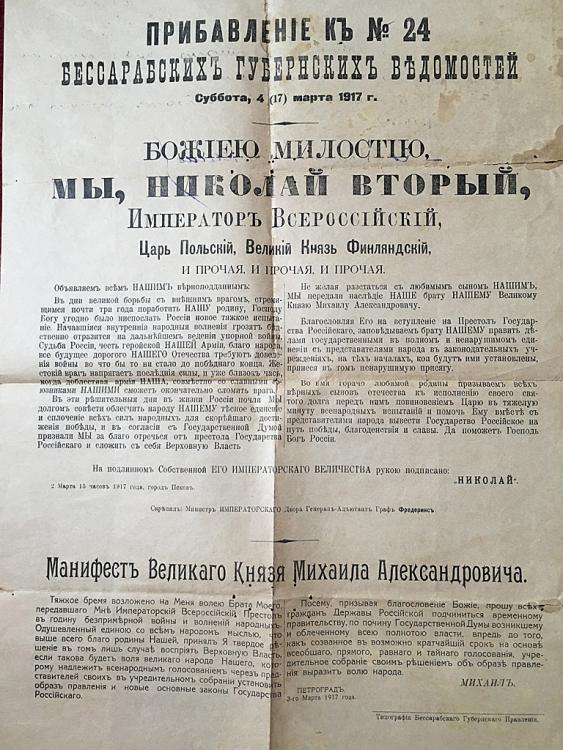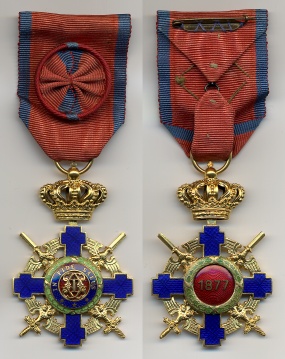-
Posts
1,721 -
Joined
-
Last visited
-
Days Won
3
Content Type
Profiles
Forums
Blogs
Gallery
Events
Store
Everything posted by Carol I
-
What was his rank in the Metalka photo? Was he a Feldwebel in the studio photo? Was his uniform special in any way? In the family he was mentioned as being part of the Austrian military postal service in the last years of the empire. After the war he settled in the Itcani (Itzkany in German) suburb of Suceava, where he worked for the Romanian postal service until the 1930s. Detail of the studio photo.
-
-
Thanks a lot. I think he was only NCO. Earlier opinions on the forum based on the studio photo were Zugsführer or Feldwebel. I think I have identified him in the first photo. What can you say about his rank in comparison to the studio photo?
-
Hi! Can you post the whole list? Maybe we can find him there. His name was Eduard Victor Gürtesch. Thanks in advance.
-
Thank you all for the additional information. A picture is worth a thousand words: the building in the photo looks like the building in the postcard posted by Paja. Can you comment on the inscription above the gates? Now some background information. I have found the photo among some old papers from my wife’s side. Her great grandfather, a Transylvanian Saxon, (photo below), had been in the Austrian army but no other details were available except a move to Prague between 1917-1918 with his whole family. I have mentioned him before on the forum but the photos have disappeared there. From your posts I suspect that he served in the 2nd Hungarian Infantry Regiment and he was probably posted in Metalka, Bosnia before 1899. Can anyone spot him in the photo? After that he married a girl from Bistrita (Bistritz or Nösen) and they had a daughter in 1902. I would appreciate if you can give any other information about the regiment and its moves.
-
Thanks for the reply, but there seems to be only forest there now. Is there any remnant of the building in the forest? I feel somehow that we have to continue the search and look for a suburb of a larger city. Metalka has a Slavic resonance, so my bets are for Czechia, Slovakia, Slovenia or something similar. What can you tell about the uniforms or the unit?
-
I would appreciate any information regarding this photo. Can you identify the location? Or the unit? Other details? I have tried to blow up the inscription above the gates.
-
Thanks for the details, Egorka.
-
-

Romania, Independence war medal
Carol I replied to Igor Ostapenko's topic in Central & Eastern European States
I only have general information about this medal. It was established on 5th of June 1878 and was awarded to all mobilised personnel, irrespective whether they took part to operations across the Danube or remained north of the Danube, as well as to civilian personnel supporting the operations (e.g., civilian medical personnel caring for the wounded) and local militia units involved in operations. -
Thanks for the photos, Lambert. They are very good to learn about the details of this order. The absence of the gold edges on the ribbon indicate that your cross is from 1917-1938.
-

Romanian medal for 1877-1878 war
Carol I replied to Igor Ostapenko's topic in Southern European & Balkan States
I think it would be easier if you pose the question in the other section, too. -

Romanian Independence War documents
Carol I replied to Igor Ostapenko's topic in Central & Eastern European States
Yes, the 6th document has this spelling (misspelling?). -

Romanian Independence War documents
Carol I replied to Igor Ostapenko's topic in Central & Eastern European States
Given that one of them referred to the naturalisation of David Seinfeld in 1878, I guess they were documents supporting the Romanian citizenship of one of his descendants. -

Romanian Independence War documents
Carol I replied to Igor Ostapenko's topic in Central & Eastern European States
In one document the name is spelled as "Şeinfeld" with the first letter being read /ʃ/. -

Romanian Independence War documents
Carol I replied to Igor Ostapenko's topic in Central & Eastern European States
It is quite a lot to translate, but in essence this is a collection of legal copies of documents regarding the participation of a Jewish sergeant, David Senfeld/Seinfeld from Roman, to the Independence War. Apparently, he had received the Silver Military Medal and the Defenders of the Independence Medal in 1878, the Russian Commemorative Medal in 1881 and the second class of the Faithful Service Medal in 1883. He was naturalised as a Romanian citizen in 1879. -

Romanian medal for 1877-1878 war
Carol I replied to Igor Ostapenko's topic in Southern European & Balkan States
Yes, Romania is naturally placed in the "Central & Eastern European States" section. -
Lambert, can you post a good image of the cypher of Queen Maria? Thanks in advance.
-
The gold edges on the ribbons were introduced in 1938.
-
The “ΑΩ” on the obverse suggests a church connection. What are the markings on the reverse?
-

Romanian Order of the Star- quick question
Carol I replied to P.F.'s topic in Central & Eastern European States
No problem, David, with the misunderstanding. I agree that authenticity could be hard to prove in many cases and for that very reason one needs to continuously study collection pieces to observe and compare details and weed out doubtful pieces or combinations. Regarding restoration, some parts could indeed be hard to find and I would advise a correct replacement ribbon to a period, but wrong one. Good luck with your search. -

Romanian Order of the Star- quick question
Carol I replied to P.F.'s topic in Central & Eastern European States
I think there must have been a misunderstanding because this is what you wrote: I understand now that you must have the wartime insignia with swords through the centre of the cross. Some dealer practices are indeed questionable, to say the least, and one should strive to restore the award to its original condition, including matching the ribbon with the award. This puzzles me again. I do not understand how using a peacetime ribbon for a wartime insignia would be better than using the existing ribbon. Both are wrong ribbons for the wartime insignia. This being said, I wish you good luck to your search for the proper wartime insignia. One solution would be to look for crosses in very poor condition, but with the right ribbon. One could argue that Romania did get involved much earlier when it allowed the passage of the Polish treasury and elements of the Polish army, but I was referring to the issuance of declarations of war in 1941. -

Romanian Order of the Star- quick question
Carol I replied to P.F.'s topic in Central & Eastern European States
I am not quite sure what award you have and what ribbon you are looking for. You first mention that the award should have the peacetime ribbon, but then you say that you have two wartime ribbons for which you are looking for rosettes. You also seem to refer to Type II and WWII interchangeably, but this is in fact not the case as Type II awards were in use between 1932 and 1947, while WWII lasted from 1941 (for Romania at least) to 1945. Please note that for the Order of the Crown you have a similar layout as for the Order of the Star I illustrated earlier, with civilian insignia, peacetime military insignia and wartime insignia. -

Kingdom of Romania - Order of Cultural Merit
Carol I replied to oamotme's topic in Central & Eastern European States
Thanks for posting the images of the miniature chain. Please note however that award no. 9 is in fact the Order of the Star of Romania in Commander class. It is also interesting to note that it is a type I badge with a type II ribbon. I wonder what might have caused the confusion. Maybe the manufacturer found in a haste only the description of the old type I of the award? -

Romanian Order of the Star- quick question
Carol I replied to P.F.'s topic in Central & Eastern European States
Hi David, Romanian orders in Officer class always had the rosette, irrespective of being peacetime or wartime awards. Please see below an Officer's Cross of the Order of the Star of Romania with Swords on Military Virtue ribbon with the corresponding rosette.


